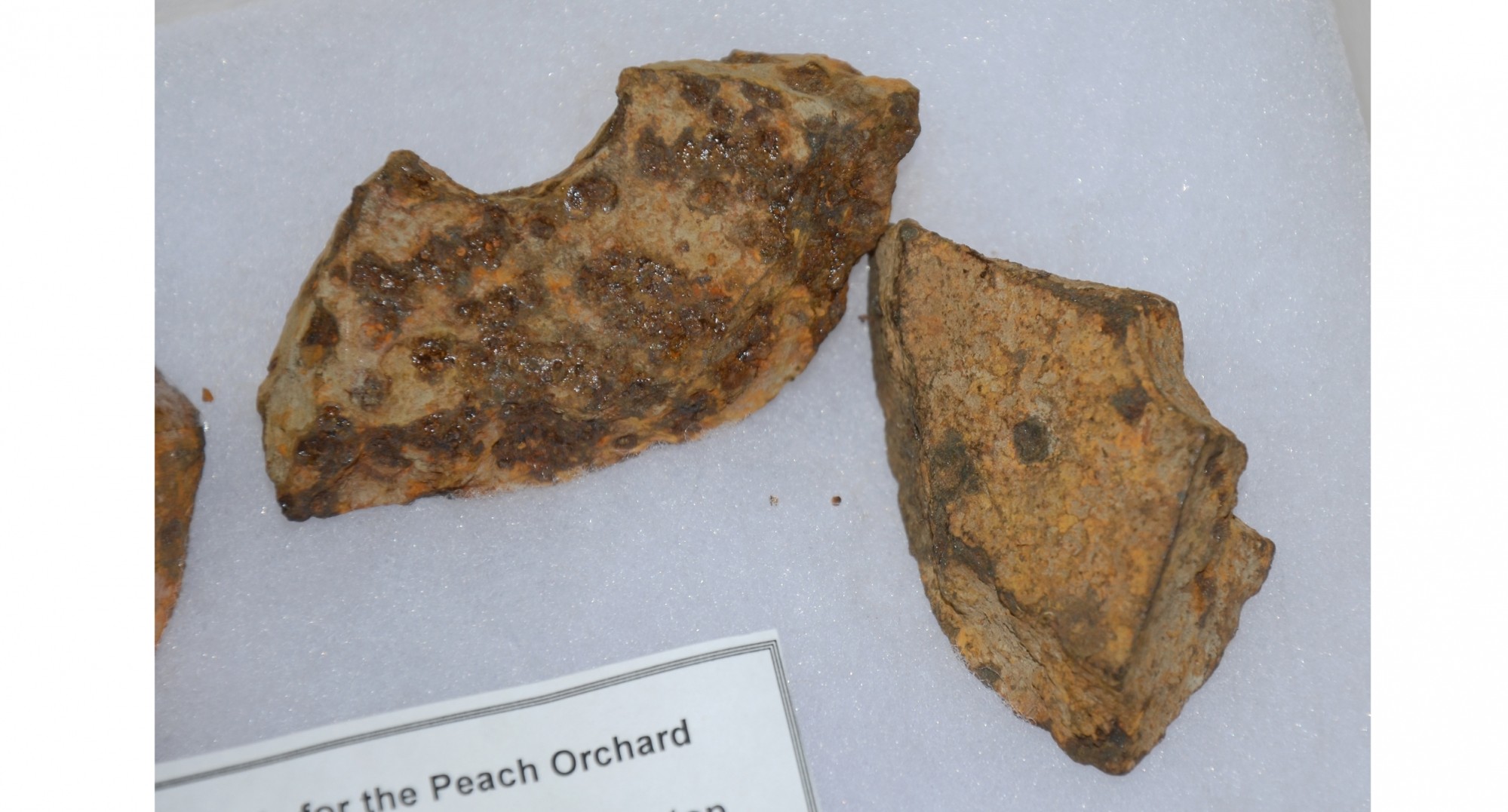

The eighth century heralded the second important epoch in Tang history, achieved largely during the reign of Emperor Xuanzong (r. This new social elite gradually replaced the old aristocracy, and the recruitment of gentlemen from the south contributed to the cultural amalgamation that had already begun in the sixth century. The seventh century was a time of momentous social change the official examination system enabled educated men without family connections to serve as government officials. 626–49), China subdued its nomadic neighbors from the north and northwest, securing peace and safety on overland trade routes reaching as far as Syria and Rome. In the beginning decades of the Tang, especially under the leadership of Emperor Taizong (r. Merchants, clerics, and envoys from India, Persia, Arabia, Syria, Korea, and Japan thronged the streets of Chang’an, the capital, and foreign tongues were a common part of daily life. Marked by strong and benevolent rule, successful diplomatic relationships, economic expansion, and a cultural efflorescence of cosmopolitan style, Tang China emerged as one of the greatest empires in the medieval world. The political and governmental institutions established during this brief period lay the foundation for the growth and prosperity of the succeeding Tang dynasty.

After 300 years of division and fragmentation following the collapse of the Han dynasty in 220 A.D., China was once again unified under the Sui dynasty (581–618).


 0 kommentar(er)
0 kommentar(er)
